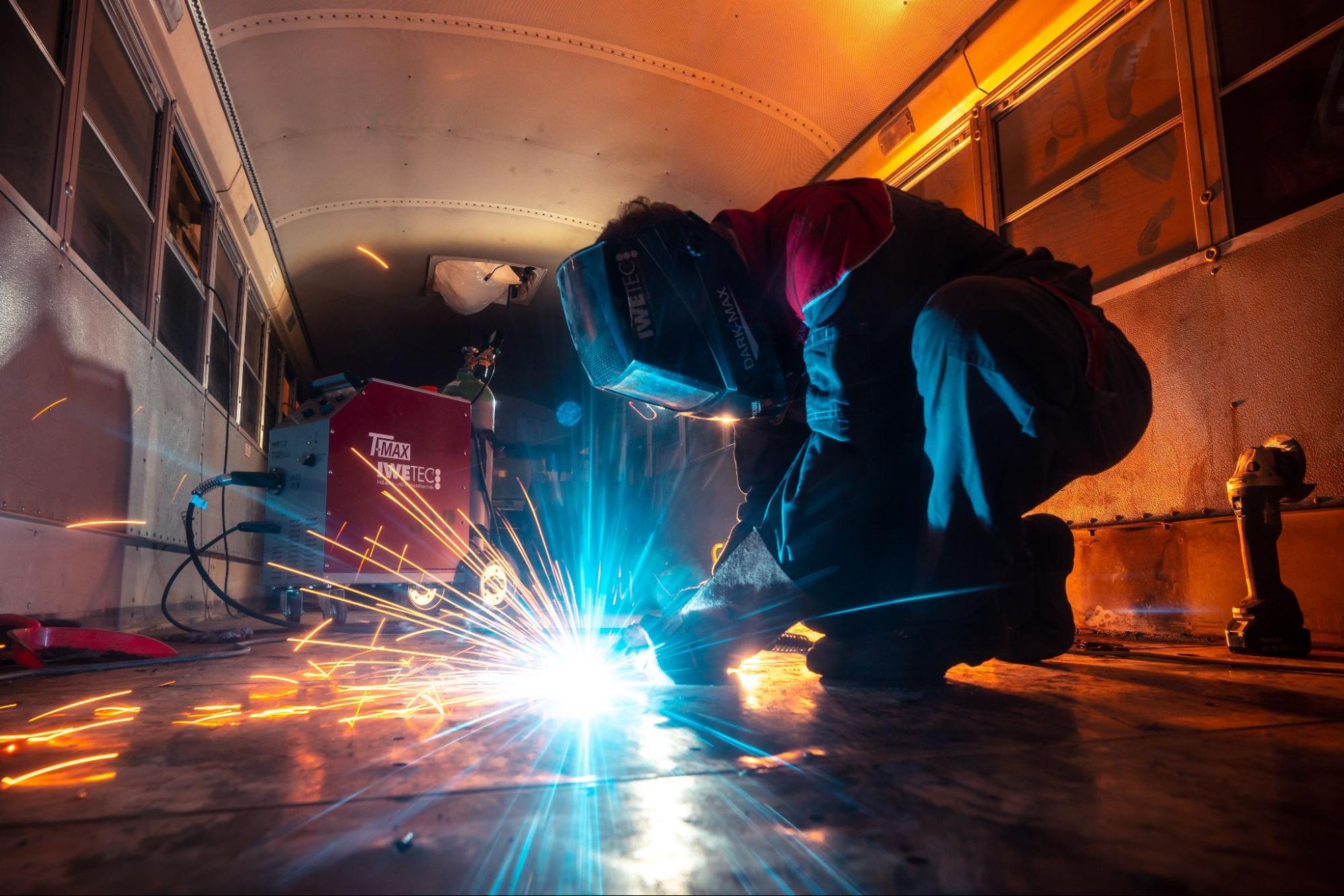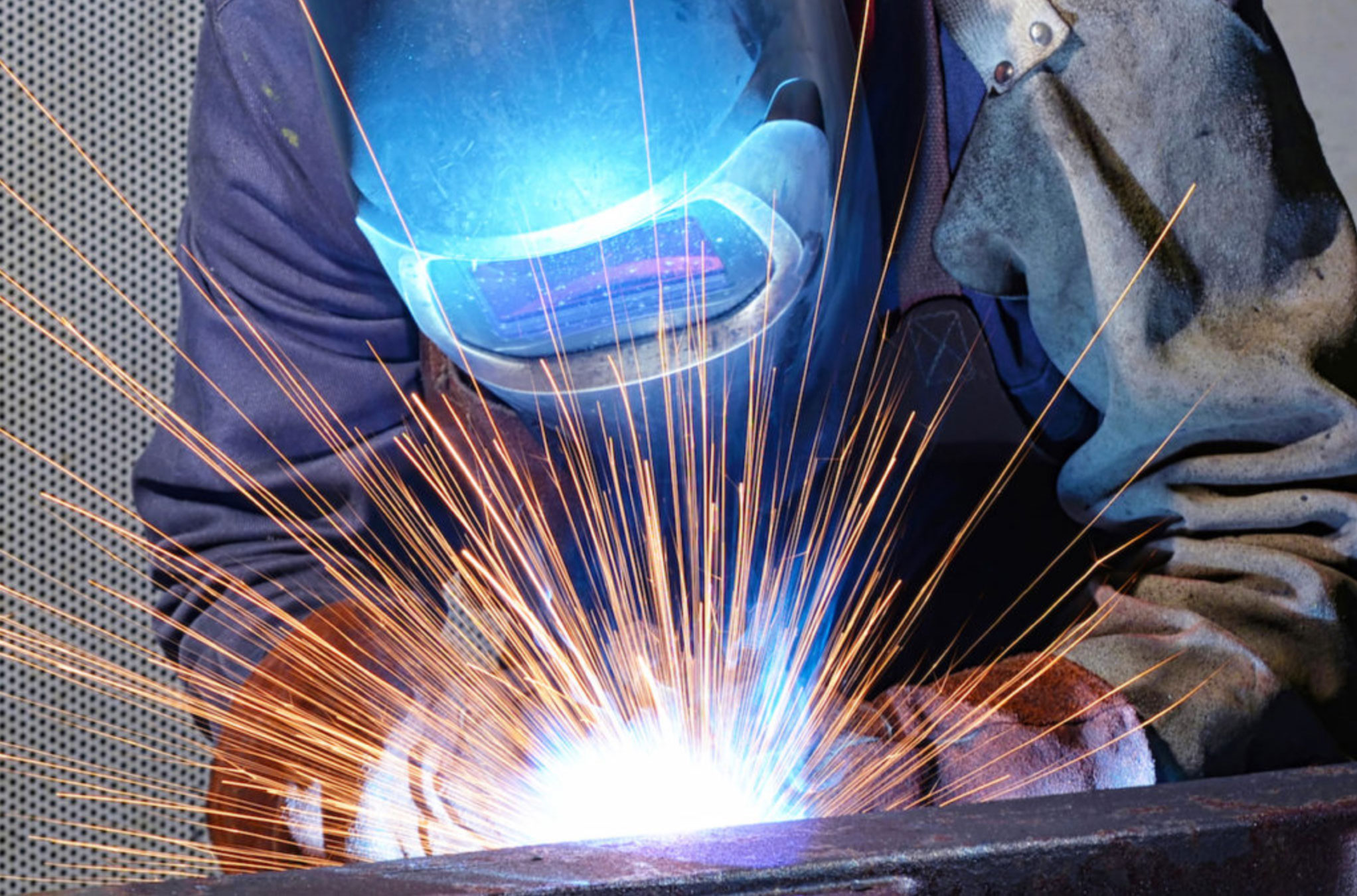Top-Rated Welding Inspection Service for Production Facilities
Top-Rated Welding Inspection Service for Production Facilities
Blog Article
Understanding the Various Sorts Of Welding Techniques and Solutions Offered

Overview of Welding Techniques
Welding strategies incorporate a varied variety of approaches utilized to sign up with products with each other completely. One common method is arc welding, which involves developing an electric arc in between the base and an electrode material to thaw and fuse them together. This strategy is functional and can be made use of with different metals, making it among one of the most widely made use of welding procedures.

Furthermore, TIG welding, or Gas Tungsten Arc Welding (GTAW), is a clean and precise welding method that uses a non-consumable tungsten electrode to develop the weld. TIG welding is typically used for thinner materials and gives exceptional control over the welding process. Overall, comprehending these different welding methods is important for choosing the most appropriate method for different tasks.
Frequently Utilized Welding Methods
A range of frequently utilized approaches are utilized in the field of welding to efficiently join materials with each other. One of the most commonly utilized techniques is Gas Steel Arc Welding (GMAW), likewise called MIG welding. This technique utilizes a wire electrode that is fed with a welding gun, in addition to a shielding gas to protect the weld from pollutants in the air. One more common approach is Protected Metal Arc Welding (SMAW), or stick welding, which utilizes a flux-coated electrode to create the weld. Tungsten Inert Gas (TIG) welding is preferred for its precision and flexibility, making use of a non-consumable tungsten electrode to produce the weld. Flux-Cored Arc Welding (FCAW) is typically made use of in industrial setups because of its high welding rate and transportability. Additionally, Immersed Arc Welding (SAW) is optimal for developing deep welds on thick materials. These commonly utilized welding approaches accommodate various requirements and products, offering options for various welding applications.
Advanced Welding Solutions
Structure upon the structure of typically used welding approaches, the realm of sophisticated welding solutions encompasses cutting-edge strategies and modern technologies that push the limits of accuracy and efficiency in product joining procedures. Advanced welding services often include specialized approaches such as laser welding, electron light beam welding, and friction stir welding. Laser welding uses a very concentrated beam to exactly join steels with minimal official statement heat-affected zones, you could try this out making it perfect for complicated or delicate elements. Electron beam of light welding, on the other hand, employs a high-velocity electron beam of light to produce deep weld penetrations in products like aerospace alloys or dissimilar metals. Friction mix welding, a solid-state signing up with process, makes it possible for the welding of products that are testing to fuse making use of standard approaches, like light weight aluminum and copper. These innovative strategies supply enhanced control over the welding procedure, causing more powerful, extra sturdy welds with lowered distortion and boosted total high quality.
Specialized Welding Methods

One more specialized welding strategy is laser beam of light welding, where an extremely focused light beam of light is utilized to join metals with minimal heat-affected areas and distortion. This technique is commonly used in industries calling for high precision and sanitation, such as electronics and clinical tool production. In addition, eruptive welding is a distinct technique that utilizes regulated explosives to bond different steels with each other, creating strong and reputable joints. These specialized welding methods showcase the diversity and advancement present in the field of welding, supplying services for a large range of commercial applications.

Picking the Right Welding Process
Selecting the appropriate welding process is paramount in achieving ideal results in steel manufacture and signing up with operations. With numerous welding techniques offered, it is crucial to consider elements such as the sort of steel, thickness, joint design, and preferred outcome when selecting the appropriate welding process - Welding Inspection Service. Among the common welding methods are Gas Metal Arc Welding (GMAW), Protected Steel Arc Welding (SMAW), Gas Tungsten Arc Welding (GTAW), and Flux-Cored Arc Welding (FCAW) GMAW, additionally recognized as MIG welding, appropriates for welding slim to thick metals and is flexible in different settings. On the other hand, SMAW, or stick welding, is a trustworthy approach for outside and field welding because of its transportability and simpleness. GTAW, or TIG welding, is excellent for welding thin products and provides exact and high-quality welds. FCAW is preferred for welding thick products and is recognized for its high welding rates. Recognizing the features of each welding procedure is crucial in picking the most appropriate strategy for a details welding task.
Final Thought
To look here conclude, comprehending the numerous sorts of welding techniques and services readily available is crucial for choosing the right method for a specific project. By understanding the frequently made use of welding methods, advanced welding services, and specialized methods, individuals can make informed choices to make sure the success of their welding projects. It is very important to think about factors such as products, task demands, and budget when picking one of the most suitable welding procedure.
From typical techniques like stick welding to innovative procedures such as laser welding, the globe of welding uses a multitude of choices for signing up with metals together.Additionally, TIG welding, or Gas Tungsten Arc Welding (GTAW), is a clean and specific welding technique that makes use of a non-consumable tungsten electrode to create the weld. Advanced welding services commonly involve specialized techniques such as laser welding, electron beam welding, and friction mix welding. Amongst the usual welding techniques are Gas Steel Arc Welding (GMAW), Protected Steel Arc Welding (SMAW), Gas Tungsten Arc Welding (GTAW), and Flux-Cored Arc Welding (FCAW) By being aware of the frequently used welding methods, advanced welding solutions, and specialized strategies, people can make informed choices to make sure the success of their welding tasks.
Report this page